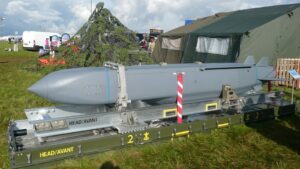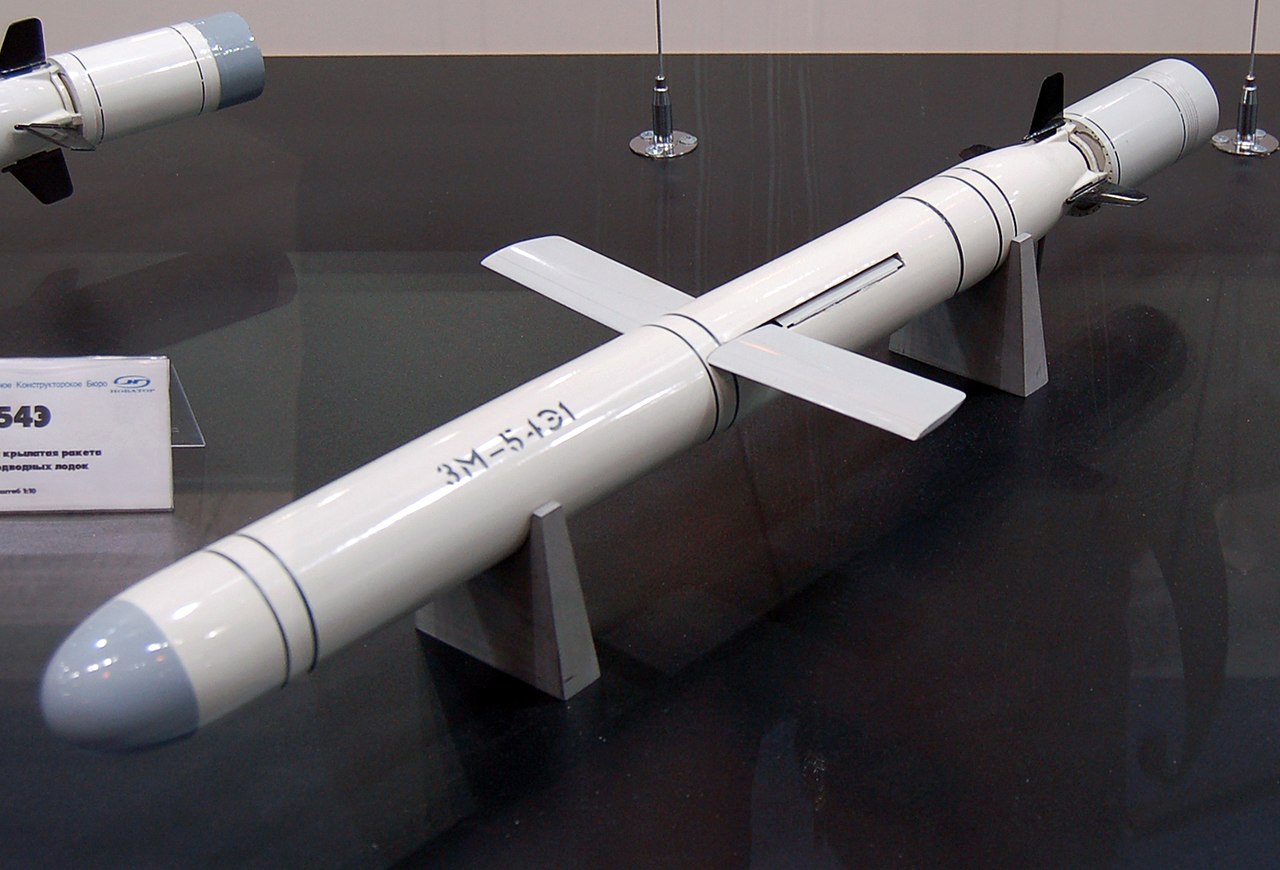Cruise Missiles: Redefining Warfare in the Russia-Ukraine Conflict
The Russia-Ukraine conflict has been marked by its complexity and evolving nature. Amidst the various weapons employed during the conflict, cruise missiles have emerged as a game-changer, significantly altering the course of the war. This article delves into the profound impact of cruise missiles in the Russia-Ukraine war, highlighting their strategic importance, technological advancements, and the effects on military tactics and geopolitical dynamics.
The Strategic Significance of Cruise Missiles
Cruise missiles possess unique strategic attributes that make them potent weapons in modern warfare. Their long-range capabilities, precision guidance systems, and ability to carry conventional or unconventional warheads provide a considerable advantage to the parties employing them. In the context of the Russia-Ukraine conflict, both Russia and Ukraine have extensively deployed cruise missiles, shaping the trajectory of the war.
Technological Advancements and Cruise Missile Proliferation
Advancements in cruise missile technology have revolutionized warfare, impacting the Russia-Ukraine conflict profoundly. The development of supersonic cruise missiles, enhanced navigation systems, and improved target acquisition capabilities have increased the speed, range, accuracy, and destructive potential of these weapons. Moreover, the proliferation of cruise missiles among various state and non-state actors has heightened the complexity and intensity of the conflict.

Military Tactics and Operations
Cruise missiles have influenced military tactics and operations in the Russia-Ukraine war in several ways. First, they have altered the dynamics of territorial control, allowing opposing forces to strike targets deep within enemy territory while minimizing risk to their own troops. Second, the use of cruise missiles has disrupted traditional battlefield strategies, blurring the lines between conventional and unconventional warfare. The ability to strike key infrastructure, military installations, and command centers has disrupted logistics and communication networks, hampering the adversary’s ability to mount an effective response.
Geopolitical Ramifications.
The utilization of cruise missiles in the Russia-Ukraine war has triggered significant geopolitical ramifications, impacting regional dynamics and global power balance. The indiscriminate nature of these weapons, coupled with the potential for collateral damage, has fueled international concerns and prompted diplomatic efforts to mitigate the conflict. Furthermore, the asymmetric capabilities provided by cruise missiles have reshaped the perceptions of power and security, potentially influencing the military strategies of neighboring countries.
Conclusion
Cruise missiles have undeniably reshaped the Russia-Ukraine conflict, transforming the dynamics of war and altering strategic calculations. The strategic significance, technological advancements, military tactics, and geopolitical ramifications of these weapons have profoundly impacted the trajectory of the conflict. As the conflict continues to evolve, it becomes increasingly vital for international stakeholders to address the proliferation and use of cruise missiles, considering their devastating potential and the long-term implications for regional stability and global security.
